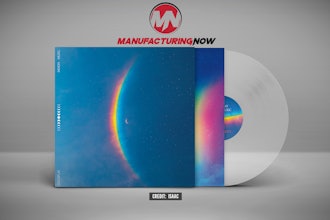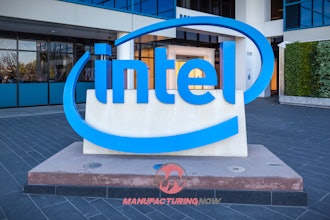Sometimes the simplest solutions produce the most significant results. And the U.S. Air Force is close to implementing a very basic feature that could end up saving millions.
The C-17 Globemaster III is a flexible aircraft used to carry troops and all types of cargo from point A to point B. It’s also a massive plane and not particularly fuel efficient. But a small 3D-printed device could help with that. The Air Force Operational Energy and Air Mobility Command said it’s in the final phase of testing for Microvane drag reduction technology, which is a thin blade measuring about 4-by-16 inches, or roughly the size of two Costco hot dogs.
Most Read on IEN:
When about a dozen Microvanes are glued to the rear of the C-17’s exterior, it results in a 1% reduction in drag compared to a C-17 with no Microvanes.
That might not sound like much but that reduction in drag also means a reduction in fuel consumption, and the Air Force expects it could help save as much as $14 million – or roughly the cost of 9.3 million Costco hot dogs – in annual fuel costs.
The technology, which was developed in cooperation with the Air Force Research Laboratory, private industry and the Air Force Lifecycle Management Center, helps reduce the aerodynamic drag caused by the upswept design of the C-17’s cargo door section. It’s already proven to work so well that partner countries like Canada and the United Kingdom want to add them to their C-17 fleets, too.
The Air Force has been flight testing the technology since 2023. That includes running it through air refueling and assault strip operations. The C-17 used in those tests has now become the first with permanent installation of Microvanes. In all, six aircraft are currently modified for the Logistics Service Assessment, which the department said is the final step before Microvanes are attached to the entire C-17 fleet.
Click here to subscribe to our daily newsletter featuring breaking manufacturing industry news.
WEBVTT
X-TIMESTAMP-MAP=LOCAL:00:00:00.000,MPEGTS:0
00:00.360 --> 00:03.549
Sometimes the simplest solutions produce the
most significant results,
00:03.640 --> 00:08.000
and the US Air Force is close to implementing a
very basic feature that could end up saving
00:08.000 --> 00:11.720
millions.
The C-17 Globemaster 3 is a flexible aircraft
00:11.720 --> 00:15.090
used to carry troops and all types of cargo
from point A to point B.
00:15.279 --> 00:17.989
It's also a massive plane and not particularly
fuel efficient,
00:18.239 --> 00:20.590
but a small 3D printed device could help with
that.
00:20.719 --> 00:23.399
The Air Force Operational Energy and Air
Mobility Command.
00:23.594 --> 00:27.424
Said it's in the final phase of testing for
micro vein drag reduction technology,
00:27.754 --> 00:32.435
which is a thin blade measuring about 4 by 16
inches or roughly the size of two Costco hot
00:32.435 --> 00:34.875
dogs.
When about a dozen micro veins are glued to the
00:34.875 --> 00:40.275
rear of the C17's exterior, it results in a 1%
reduction in drag compared to a C-17 with no
00:40.275 --> 00:42.264
micro veins.
That might not sound like much,
00:42.435 --> 00:45.505
but that reduction in drag also means a
reduction in fuel consumption,
00:45.625 --> 00:49.709
and the Air Force expects it.
Save as much as $14 million or roughly the cost
00:49.709 --> 00:52.790
of $9.3 million Costco hotdogs and annual fill
costs.
00:52.869 --> 00:55.990
The technology, which was developed in
cooperation with the Air Force Research
00:55.990 --> 00:59.659
Laboratory, private industry, and the Air Force
Life Cycle Management Center,
00:59.869 --> 01:04.459
helps reduce the aerodynamic drag caused by the
upswep design of the C-17's cargo door section.
01:04.589 --> 01:08.050
It's already proven to work so well that
partner countries like Canada and the United
01:08.050 --> 01:10.349
Kingdom want to add them to their C-17 fleets
too.
01:10.444 --> 01:13.934
The Air Force has been flight testing the
technology since 2023.
01:14.105 --> 01:17.415
That includes running it through air refueling
and assault strip operations.
01:17.665 --> 01:22.105
The C-17 used in those tests has now become the
first with permanent installation of micro
01:22.105 --> 01:26.654
veins, and all six aircraft are currently
modified for the logistics service assessment,
01:26.864 --> 01:30.535
which the department said is the final step
before micro veins are attached to the entire
01:30.535 --> 01:31.574
C-17 fleet.
01:31.864 --> 01:33.785
I'm Nolan Bastein.
This is manufacturing now.






















